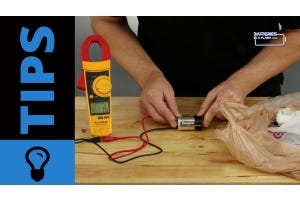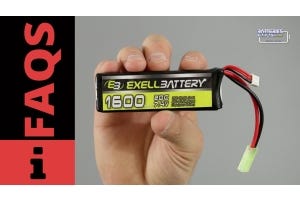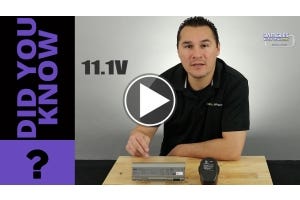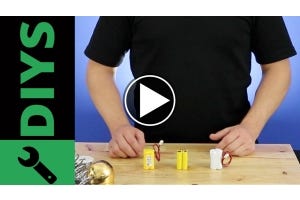How to Maintain a Sealed Lead Acid (SLA) Battery System

Lead-acid batteries have supplied power since the 1850s, and sealed lead acid battery systems provide power for lighting installations, wheelchairs, boats, lawn mowers, portable tools, golf carts, ATVs, scooters and motorcycles. When not in use, you should store SLA batteries with full charges in cool environments to prevent them from losing their charges. Unlike non-SLA batteries, sealed batteries require little maintenance, refilling or other kinds of maintenance, but many people extend the life-cycle of these power cells by taking certain precautions.
Protective Maintenance Enhances Safety and Reliability
Most battery manufacturers recommend replacing SLA batteries that lose their efficiency. These power cells work better when kept fully charged, so you should recharge them when they fall below 50-percent capacity or after storing them for 30 days.
[list type="arrow"]
- Electrolytes can freeze in lead-acid batteries when charges fall below 40 percent of capacity.
- Battery stratification occurs when water and internal liquids convert to lead sulfate and separate from the mixture to settle to the bottom of battery.
- Stratification reduces battery charges, causing batteries to overheat, evaporate water, corrode and ultimately fail.
- Regular charges of SLA batteries prevents stratification, freezing and reduced battery performances.
[/list]
All batteries lose their charges over time depending on temperature and storage conditions. At 80-degrees Fahrenheit, a lead-acid battery loses 4 percent of its charge each week. A 125 amp-hour battery would lose 80 amps in four months, so maintaining charge becomes critical for protecting your power sources.
[list type="arrow"]
- Clean cables and connectors periodically with a stiff steel brush to remove corrosion and optimize the electrical connection.
- You can scrape the inside of connectors with a pocket knife to peel away soft lead to reveal bright metal.
- Always wear safety glasses and protective gloves when working on batteries.
- Small particles could become airborne, and overfilling water reservoirs could cause explosive discharges.
- Limit further battery corrosion by adding a thin coating of protective lubricant to battery posts.
[/list]
Benefits of a Using Specialized Watering Systems
Battery safety and performance concerns influence manufacturers and advisers to recommend against trying to refill sealed batteries, but many people do so to cut costs and extend battery life. The most common problem of refilling SLA batteries comes from adding too much water, which could cause an explosive squirt of toxic chemicals from the battery. Consider using a hydrometer tester and special battery-watering system to prevent overfilling.
[list type="arrow"]
- You must break the cover seal on sealed batteries to test and refill water reservoirs.
- Some SLA batteries use gels, so you can't refill these types.
- After breaking the seal, you can remove the cover and get access to the water reservoirs.
- Different watering systems help to prevent overfilling, which could cause explosive discharges.
- After refilling SLA batteries, you should recharge them.
- Use superglue to bond the cover into place.
- Always used distilled water and wear gloves and safety glasses when working on batteries.
[/list]
Lead-acid battery technology has proven safe and reliable for more than 150 years, and these batteries supply critical energy needs while producing less than 1.0 percent of U.S. lead emissions. Sealed batteries provide many advantages for operating equipment including the ability to use them in any position and reduce risks of spills and discharges when running mobile equipment.
SLA batteries provide reliable power, fewer risks and minimal maintenance routines. However, thoughtful maintenance, storage and recharging guarantees safer operation, reliable power storage and rechargeable energy to balance the needs of technology and the environment.







It depends on the application and how the battery is being used. Can you give me the application?